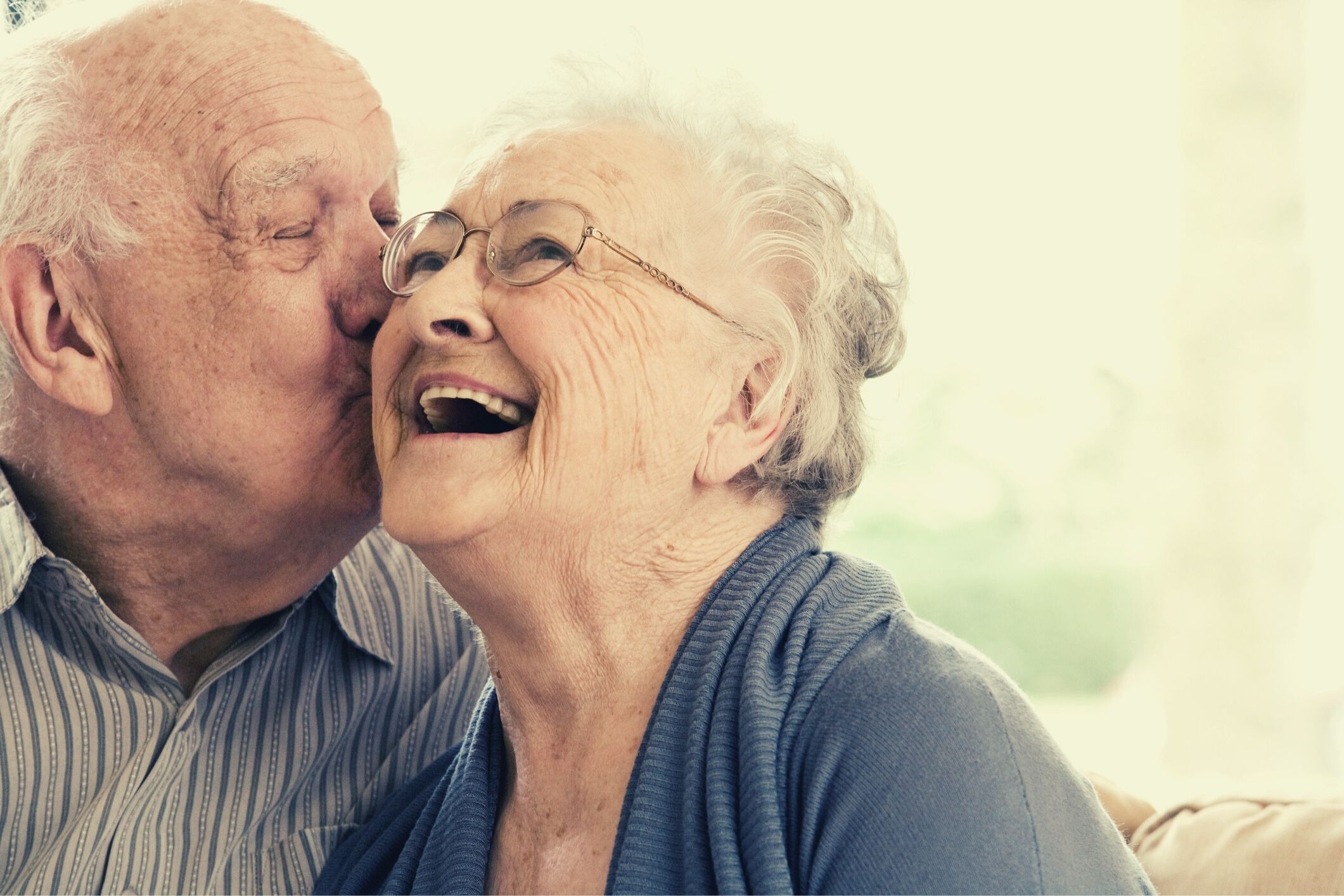
How do we operationalise self-determination using technology?
How do we also support staff – who mostly want older people to live their best lives – to access and enter data, record outcomes, and communicate next steps at shift handover easily and quickly?
The technology tools that residents and various staff need are different.
The elderly need to be able to easily communicate to staff and their family and friends their needs, preferences, and care planning goals. They should be able to send photos, receive newsletters, know what’s on the calendar each day for them, and receive staff feedback.
Managers need to be able to provide feedback to the residents or their families regarding key information, and receive critical information, photos and confirmation of consultations and planned care.
A carer needs to record care, access care details, act on key tasks (for example, obtain an MSU, record pain management actions, food/fluid outcomes) and in real time, on the ground, report issues as found.
A nurse, nurse manager or operations manager needs technology to provide overviews, analysis, ensure governance reports and critical outcomes are acted on and recorded, analysed, and closed off – all from a single source of truth.
Management decides what tools residents, families, and staff have available to them.
But if the tools don’t ensure the information can support self-determining care, communicate next steps effectively, or sufficiently analyse what will work and what won’t – or if staff aren’t shown how to use the tools to achieve the required outcomes – those tools don’t work.
Aged care, regardless of the country, includes care standards, funding validations or – as in Australia – requirements dictated from the Royal Commission into Aged Care Quality and Safety.
Whether a resident, worker or provider, they each need to navigate regulated building, staff and government funding and regulatory systems.
The quality of life a resident has access to, once they are removed from their home, family, friends, belongings and daily community, is dependent on who is supporting them that day, and on how good the system management is setup to empower them.
So, how do we ensure ‘control of life’ or ‘simple decisions’ are honoured to achieve as much of their ‘old life’, and that families remain connected and can also contribute?
One solution is an app for residents (and their loved ones), where they can enter their care preferences and read what staff have written, which populates directly into their care plan, demonstrating feedback and care plan consultation. Staff can then access the plan using the app to provide and record care. This achieves part of the self-determination communication loop.
Staff have to observe, listen, ask, experience and do the work to know what residents’ needs and preferences are.
But sometimes a body just doesn’t do or respond as predicted, residents change their mind, perhaps want, or decide to do something different, or request that some routines are strictly performed the same way each day.
Stakeholders must have the information made available to them, in an easy to obtain manner, presented in a summary and detailed format, with predictive informative and quality data.
Aged care will always need to qualify and validate using public funds and be responsible for providing considered and appropriate care as professional healthcare providers. But we need to ensure staff can focus their attention and efforts on what a resident wants and needs, and ensure families are assured that this is the outcome.
Apps that staff, residents, and their families use – that are linked to programs which care managers, nurses or operations personnel can access – achieve the communication loop outcome using the same source of truth.
Working out the best procedure to achieve self-determination is dependent on the skill and wisdom of those who manage and control the ‘everyday’ – their sincerity, their knowledge, their recognition of paternalistic and infantilisation practices. But also, their skill in managing a community where all stakeholders are heard and accommodated.
Each resident has their own, different routine and needs, whether it be when they eat breakfast, shower, their mobility, pain levels, continence, community access, settling and waking routines.
But assessing needs uses the same skill, forms and procedure, which technology can support.
Technology can record what is required, remind staff what is needed, and communicate to others what outcome was achieved, and tasks that remain.
Self-determination is about decision-making in everyday life, and using the views of all involved health professionals, but also being able to control legal and ethical rights in health and lifestyle decisions.
If you have the capacity to state care goals, your aged care provider needs to empower you to do so.
Families accessing the same app and contributing where relevant, such as adding their own photos so their loved ones can see them instantly or viewing newsletters, calendar events and linked ‘app’ information from a full clinical and lifestyle system, also ensures everyone is singing from the same hymn sheet and the source of truth is coming from those who need staff to know it.
Caring requires us to be vigilant – to be aware of every wish and need, be attentive to cues for change, and to know what we need to know.
But obtaining the information directly from the person the care impacts using technology, such as a system-linked app, ensures our care is not only about the standards or public demands or legal responsibilities, but is real and can be followed through onto the ground where it is needed most.
You should do an article on myexsitu.com which looks at what people value in their lives and ascribes a hierarchy to what is most important to them which can then be inferred to the care plan and other aspects of their life to keep their wishes topmost